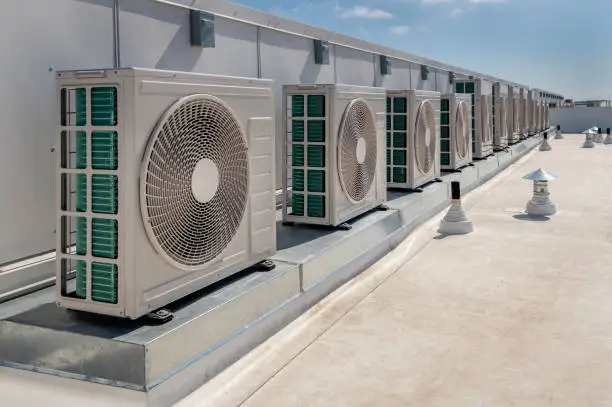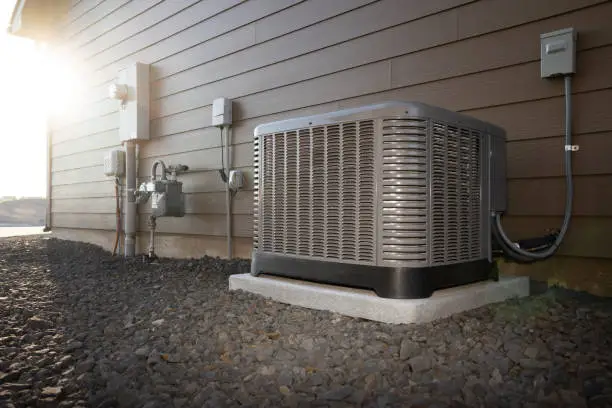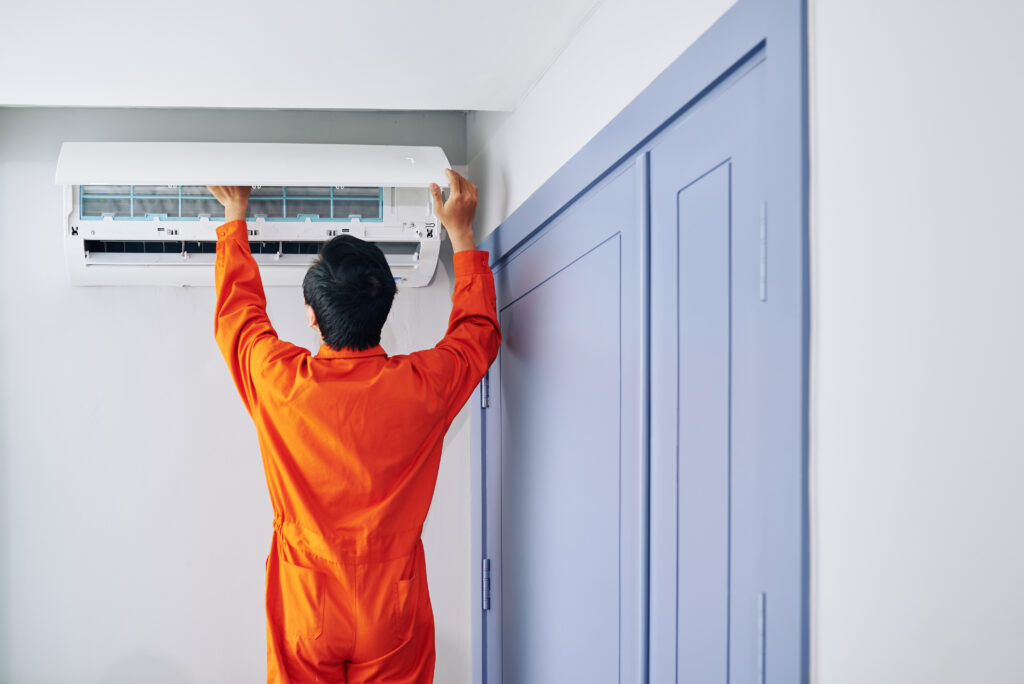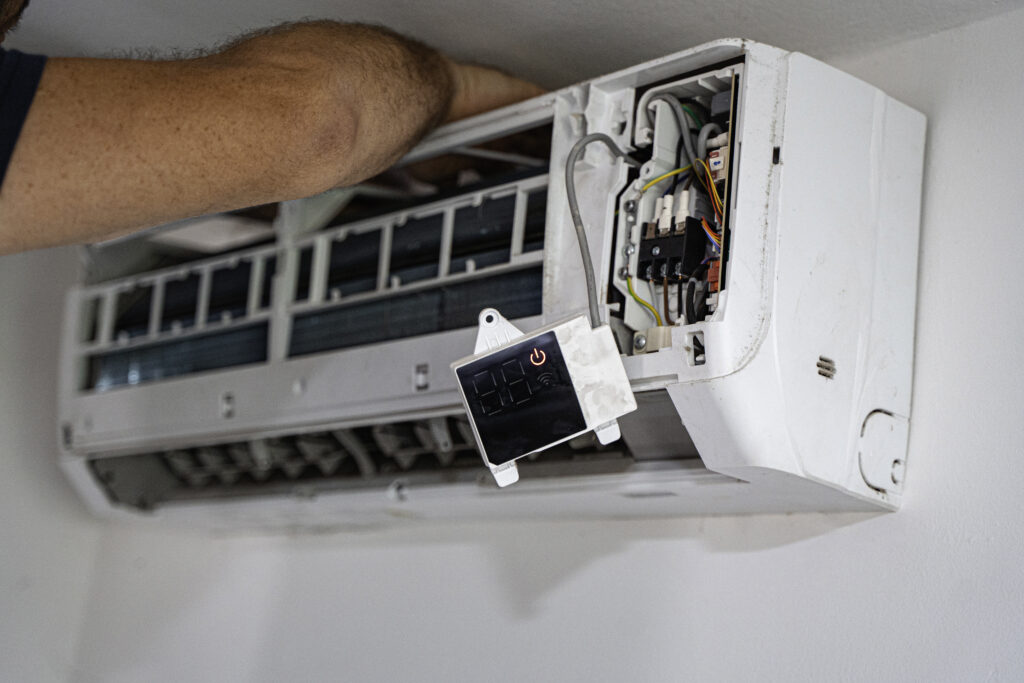Whether you’re looking for relief from Alabama’s scorching summers or warmth during chilly winters, a properly installed HVAC system is essential for every home and business. Correct installation ensures comfort, reduces energy costs, and prolongs the life of your system. Attempting a DIY setup can result in poor performance, higher bills, and even system damage.
This comprehensive HVAC installation guide walks Alabama homeowners and business owners through every critical step, from selecting the right unit to professional installation, optimal placement, thermostat setup, and post-installation testing. Following these expert steps ensures your HVAC system delivers year-round comfort efficiently and safely.
Assess Your HVAC Needs
The first step in any successful HVAC installation is evaluating your heating and cooling requirements. Consider:
- Home or business size and square footage
- Number of rooms and windows
- Insulation quality and airflow efficiency
- Occupancy and lifestyle preferences
In Alabama, summers can be sweltering, making a powerful air conditioning system essential, while winters require a reliable furnace or heat pump. Energy efficiency should guide your decision, as an appropriately sized unit reduces energy consumption, avoids unnecessary wear, and keeps your system running smoothly.
Professional installers in Alabama like Netherland Air Conditioning can evaluate your property and recommend units that balance comfort and efficiency while considering local climate and energy-saving goals.

Choose the Right Size HVAC Unit
Selecting the correct unit size is critical. An undersized system struggles to maintain temperature, while an oversized system cycles on and off, wasting energy and shortening its lifespan.
Factors considered by HVAC professionals include:
- Square footage of the building
- Number of windows and doors
- Insulation quality
- Occupancy and usage patterns
Proper sizing in Alabama ensures your HVAC system efficiently handles both summer heat and occasional winter chills, maintaining comfort and lowering energy bills.
Hire a Professional HVAC Installer
Professional installation is crucial for system efficiency, safety, and longevity. Certified HVAC installers understand Alabama building codes, safety regulations, and proper installation techniques.
DIY installations risk:
- Leaks or poor airflow
- Electrical hazards
- Void manufacturer warranties
Look for installers with certifications, positive reviews, and experience in both residential and commercial HVAC projects. Professionals handle:
- Unit placement and ductwork
- Electrical connections
- System testing and calibration
This ensures your HVAC unit operates at peak performance.
Choose the Optimal Location for Installation
Placement affects performance and efficiency.
- Indoor units: Should be centrally located to distribute air evenly.
- Outdoor condensers: Should have proper airflow, avoid obstructions, and be shielded from direct sunlight.
- Furnaces/heat pumps: Place in areas minimizing safety risks while maximizing efficiency.
Correct placement in Alabama homes and businesses improves energy efficiency and prolongs system life. Keep units away from high-traffic areas, pets, and children.

Install Your Thermostat Correctly
Thermostat placement is often overlooked but vital for accurate temperature control. Install in a frequently used area, away from sunlight, drafts, or obstructions.
- Programmable or smart thermostats optimize energy efficiency by adjusting based on occupancy patterns.
- Correct placement in Alabama ensures even temperature distribution throughout seasonal extremes.
Test the System Thoroughly
After installation, comprehensive testing ensures optimal performance:
- Check airflow in all rooms
- Verify thermostat accuracy
- Inspect electrical connections and safety features
- Confirm refrigerant levels (for AC systems)
Testing detects installation issues early, preventing costly problems and ensuring your HVAC system runs efficiently and reliably.
Maintain Your HVAC System
Regular maintenance is essential for efficiency and longevity:
- Replace filters regularly
- Clean ducts and vents
- Schedule annual professional inspections
- Monitor refrigerant levels and electrical components
Alabama residents should maintain systems before peak summer and winter seasons to prevent breakdowns. Proper maintenance reduces energy bills, prevents hazards like carbon monoxide leaks, and extends system life.
Energy Efficiency Benefits
Correct installation and maintenance can reduce energy consumption by up to 30%. In Alabama, this translates into significant savings. Energy-efficient HVAC systems also lower carbon emissions, supporting environmental sustainability. Pairing your system with smart thermostats enhances these benefits further.
Common HVAC Installation Mistakes to Avoid
- Incorrect sizing: Leads to inefficiency and wear
- Poor placement: Affects airflow, efficiency, and safety
- Skipping professional installation: Can cause leaks, electrical issues, and warranty problems
- Neglecting thermostat placement: Results in uneven temperature control
- Lack of system testing: May hide installation defects

Conclusion
Professional HVAC installation in Alabama ensures year-round comfort, energy efficiency, and long system life. Assess your heating and cooling needs, choose the correct unit size, hire certified professionals, and focus on optimal placement, thermostat setup, and system testing. Regular maintenance further enhances performance, lowers energy costs, and prevents breakdowns. Following these expert steps allows Alabama residents and business owners to enjoy reliable indoor comfort while optimizing energy savings.
FAQs
1. How does proper HVAC installation reduce energy bills?
Correct system setup ensures your heating and cooling system operates efficiently, lowering energy consumption by 20–30%, depending on unit size, usage, and seasonal demands.
2. Why is thermostat installation important for HVAC systems?
Proper temperature control setup guarantees accurate readings, optimizes system performance, and prevents unnecessary energy waste.
3. How do I know if my HVAC unit is the right size?
A certified installer calculates your heating and cooling capacity based on your property’s square footage, insulation quality, and energy needs to ensure optimal performance.
4. What maintenance is necessary after HVAC installation?
Routine upkeep includes filter replacement, duct and vent cleaning, electrical inspections, refrigerant checks, and professional tune-ups to maintain system efficiency and reliability.
5. What are the signs that my HVAC system needs replacing?
Frequent repairs, uneven temperatures, rising energy bills, and units older than 10–15 years are common signs that your furnace, air conditioner, or heat pump may need replacement.



